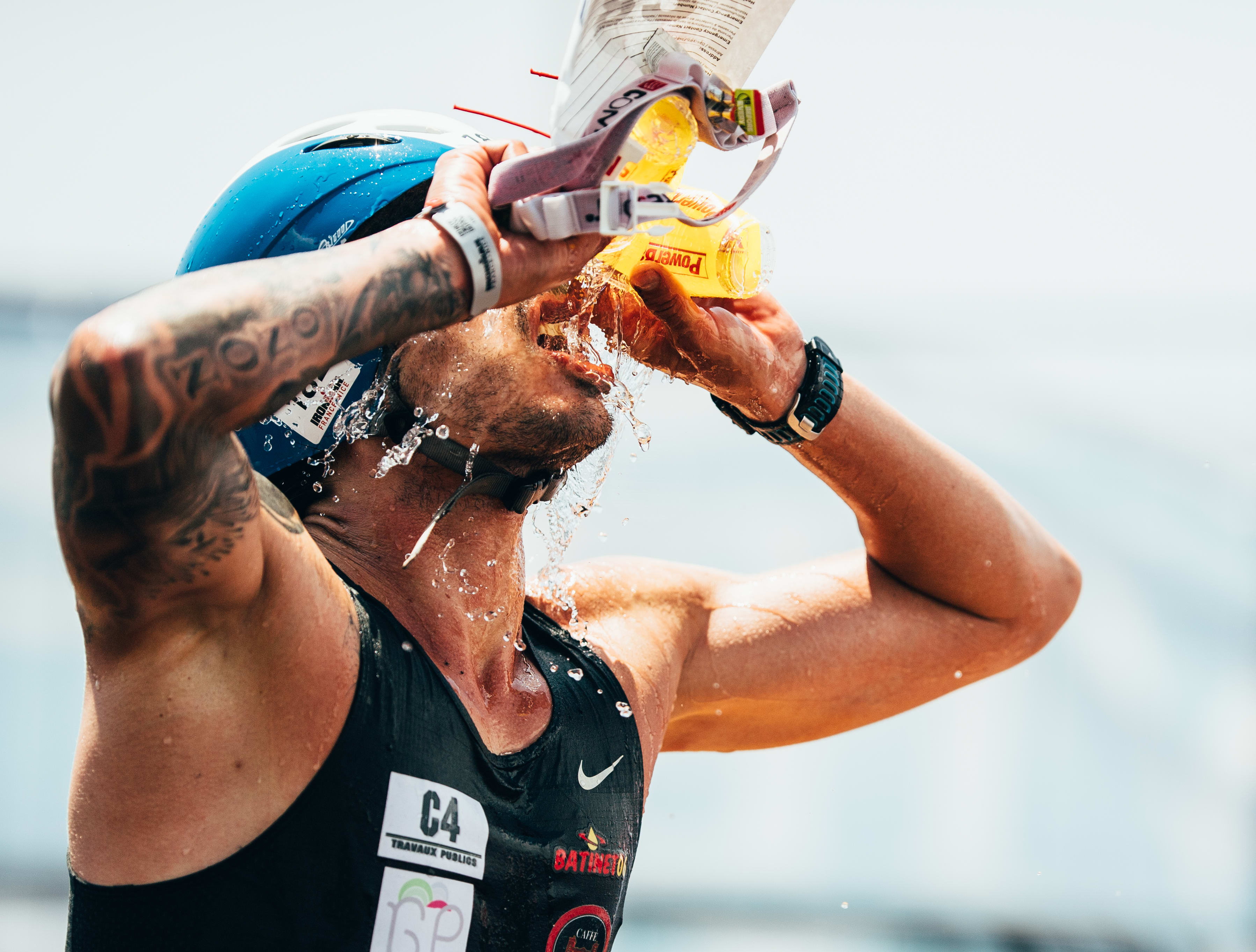
Matt Johnson, Founder, joins D3 Multisport for a Zoom discussion about fueling tips and recovery strategies for the different phases of training as we lean into race season.
Fuel Yourself Through the Stages of Training
D3 Multisport, Inc. provides multisport athletes and runners with a coaching service that is affordable, knowledgeable, and driven by the highest standards of customer service.
Q: How many carbs per minutes are we burning?
During pretty moderate to intense activity you’ll burn 3-4g of carbs per minute; this equates to 180-240g per hour.
With between 300-900g being stored in the muscles, at an hour of activity most people are going to have burned through their glycogen stores.
As you get fitter, you become more efficient in terms of metabolic flexibility. For example, a TDF athlete can get their g/carb/hour down to around 2g because they’re able to effectively use a bit more fat over longer periods of time.
You really can’t over consume calories/carbs on the bike.
If you are fueling up to par you’re going to:
increase load: go longer and/or harder
not raid the fridge afterwards
recover better
Binge eating around training far outweighs the calories that you consume during it.
Curating a Fueling Plan
High carb drink staple products:
Goal of smaller doses every 15min. If you are sticking to carbs in the bottle then that is more straightforward, drinking portions every 15min or so. Otherwise, with a hydration-based drink, you’ll be looking for a serving per 15min of gels and chews mostly. I utilize Maurten Gel 100, SIS Beta Fuel Gel, and Enervit. With most offering 20g or so per serving, that’s 4 servings an hour.
Q: Do you think, from a running standpoint, that you should still shoot for that 80g an hour goal?
More! You have more total energy going out for running vs cycling and you’ll be burning more calories. I’d suggest taking a bigger bolus when you can grab water at the feed stations to keep on top of the fueling plan. Early and often is best.
The Role of Supplements
Supplements are a great insurance policy, but not an excuse for proper nutrition. This is where blood tests are a great way to see exactly what you may or may not need.
We took a more specific approach to discover what the common supplements being prescribed to high performing athletes were; this is where The Feed Formula came in.
Dr. Kevin Sprouse helped us formulate the type, dose, and combination of supplements that were most needed by athletes. We’ll be expanding this soon to include more options such as a female-focused formula with assistance from Dr. Stacey Sims.
Q: Where do Amino Acids / BCAA Supplementation come into play for endurance athletes?
There is some research suggesting that adding amino acids helps with the mental fatigue when deep into an event. However, this research is not very definitive.
While it is important to be careful in considering fasted workouts, with Thorne Catalyte, you get electrolytes and accompanying amino acids that may assist in the goal of training in this state.
Q: What do I need to take to get faster tomorrow?
Nitric Oxide is one of the most effective, legal options for improving performance. In these products, they essentially utilize an amino acid that increase the production of Nitric Oxide; when your Nitric Oxide levels increase, your arteries dilate, and more oxygen-rich red blood cells flow to your working muscles.
Our SwissRX Nitric Oxide provides the same peak in NO as beet based products but provides a longer lasting effective period.
Dr. Kevin Sprouse actually prescribes his athletes to take two capsules daily for just general health...in addition to the full serving prior to training and events.
Q: Do these high carb drink mixes provide enough water to your system still?
A lot of our athletes start with one bottle of hydration mix and one with a high carb solution.
You need to pay attention to the water:serving ratio for these high carb mixes. Many suggest a certain ratio to optimize how the drinks deliver the carbs.
Pathways
Most of the drinks we suggest are using multiple pathways to on board sugar/carbs. We get nauseous when we fill up one pathway and can’t handle the carb coming in. Research is commonly showing using a 2:1 ratio –utilizing both the glucose- and fructose-based pathways– to increase the amount we can take on.
Q: How do you find a reasonable time to test out new products?
Start with what you are currently using and comfortable with (from a product perspective) and then begin to bump that up in training. Play with the amount you can take on in a more intense scenario or training session so that your able to get an indication of what works.
